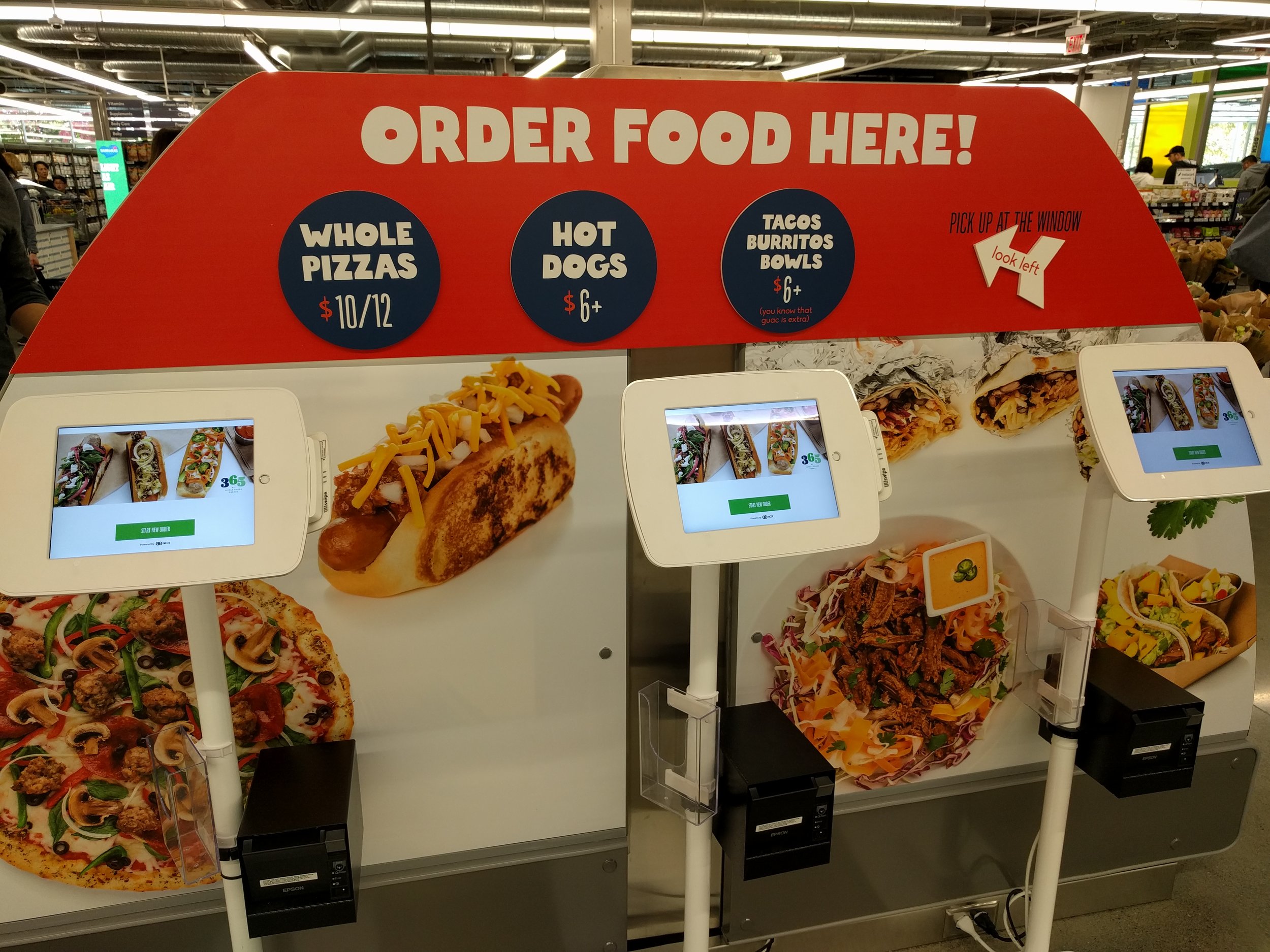As more and more people have adopted a healthier diet, natural and organic specialty grocery stores like Whole Foods Market (WFM) are finding that competition is catching on to the trend. What was once labeled a small, hippie niche of the food market is now going mainstream. Products from companies like Annie's, once able to set stores like Whole Foods apart, can now be found almost anywhere. As a result, WFM is finding that it can retain its loyal customer base that is willing to pay a little more for higher quality ingredient standards, locally sourced products, and a wonderful in-store experience, but it is getting harder to find new customers. Many people are perfectly happy with their traditional stores and not very eager to pay any more than they have to for groceries. The result is that WFM remains a profit-generating machine, but sales per store have plateaued. The stock has also reversed course, currently trading for $28 per share, down about 50% over the last 18 months.
The company continues to open new flagship stores across the country, as there continues to be a significant amount of demand for the original concept. But in order to try and expand their reach across even more customer types, WFM has created the "365 By Whole Foods" store to grow alongside the core store brand. The country's third "365" store recently opened in Bellevue, WA, not too far from my home in Seattle and I decided to go check it out. The company has said the goal was a smaller store with fewer SKUs, focusing on cheaper items (lots of generic store branded items) and lots of automation in order to keep development and operating costs low (which further allows them to be more aggressive on price). Here are some photos of what I found:
Overall, I was very impressed with the 365 store. Will it cannibalize regular WFM stores? Probably some, if they are close by. Will some people be attracted to the prices which skew to the lower end and are competitive with places like Target or Safeway? I think so. Will WFM see a strong return on investment on this store format? I certainly think so. The big question is how many stores like this the market can support and what others do in response. I am not sure anyone can pinpoint those answers at this point, but good for them for trying to address a clear hole in their store offering.
In the meantime, WFM stock is extremely attractive at $28 per share, in my view. At 7x EV/EBITDA and a history of opening stores that trounce the competition in terms of sales per square foot and profitability, I suspect WFM's future remains bright and that the business will continue to be a cash cow. The stock price today does not really reflect such a viewpoint, hence my optimism.
Full Disclosure: Long shares of WFM at the time of writing, but positions may change at any time.












